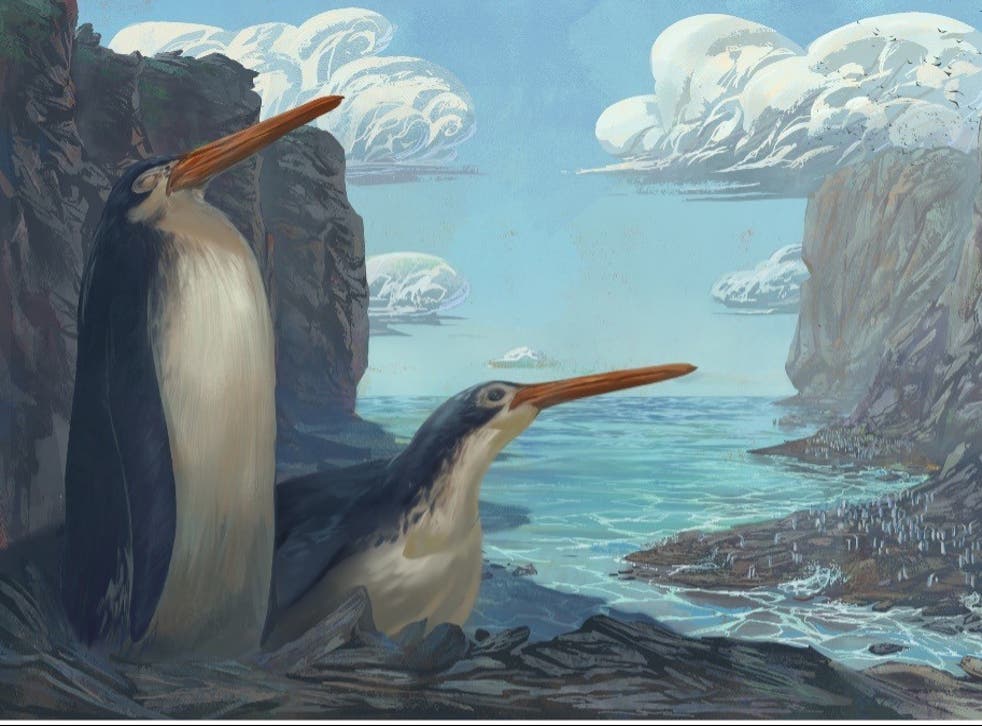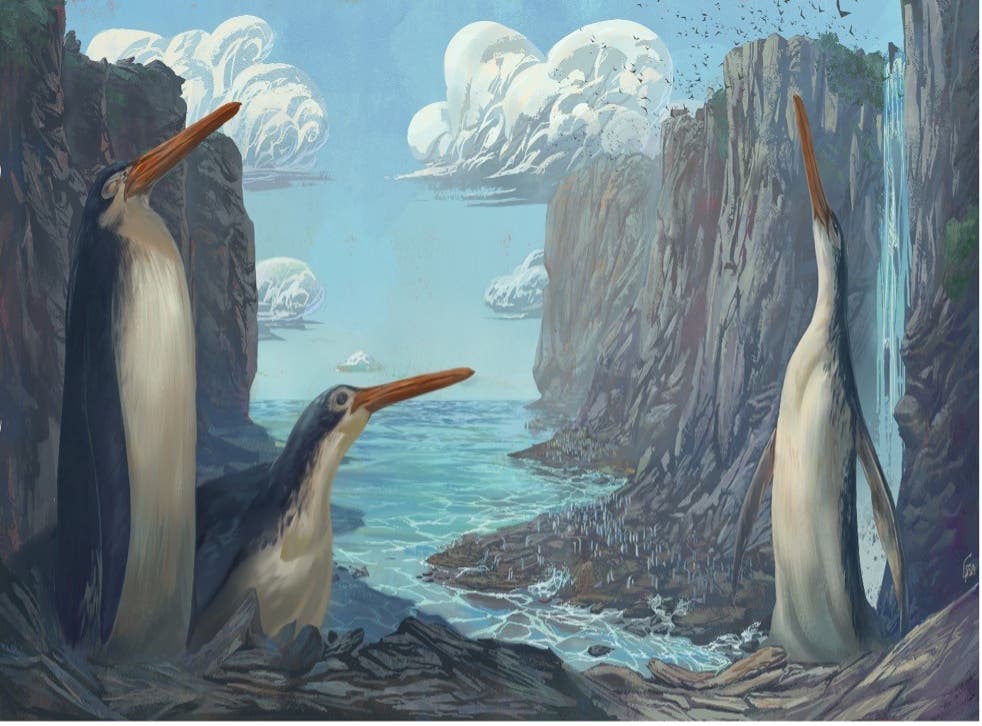By Will Dunham
(Reuters) - People may take the necessity and existence of clothing for granted, from shirts to pants to dresses, coats, skirts, socks, underwear, bow ties, top hats, togas, kilts and bikinis. But it all had to start somewhere.
Scientists on Thursday said artifacts unearthed in a cave in Morocco dating back as far as 120,000 years ago indicate that humans were making specialized bone tools, skinning animals and then using tools to process these skins for fur and leather.
The items from Contrebandiers Cave, located roughly 800 feet (250 meters) from the Atlantic coastline in the town of Temara, appear to be the oldest-known evidence for clothing in the archaeological record, they added.
Our species, Homo sapiens, first appeared more than 300,000 years ago in Africa, later spreading worldwide. The advent of clothing was a milestone for humankind, reflecting cultural and cognitive evolution.
"We assume that clothing was integral to the expansion of our species into cold habitats," said evolutionary archaeologist Emily Hallett of the Max Planck Institute for the Science of Human History in Germany, lead author of the study published in the journal iScience.
The scientists found 62 tools made from animal bones and also identified a pattern of cut marks on the bones of three small carnivore species - a fox, jackal and wildcat - indicating they had been skinned for fur, not processed for meat. Antelope and wild cattle bones suggested that the skins of these animals may have been used to make leather, while the meat was eaten.
"Clothing is a unique human innovation," said evolutionary archaeologist and study co-author Eleanor Scerri, also of the Max Planck Institute for the Science of Human History.
"We use clothes in a practical sense, to stay warm, for example, or to protect our skin. We also use clothes symbolically, to express something about who we are, and they also meet a plethora of social conventions that articulate with our diverse global cultures," Scerri added.
The cave artifacts date to a time period when evidence of personal adornment and other signs of human symbolic expression appear at various archaeological sites.
Fur, leather and other organic clothing materials are highly perishable over time, and no actual prehistoric clothing was found at the cave. The tools were made during a period when the cave was occupied by members of our species from approximately 120,000 years ago to 90,000 years ago. The nature of the clothes they may have fashioned remains unclear.
Of particular interest were tools with a broad rounded end, called spatulate tools.
"There are striations on the spatulate bone tools that are the result of use, and the sheen on the ends of the bone tools is the result of repeated use against skin. Bone tools with this shape are still used today to prepare pelts because they do not pierce the skin, they are durable and they are effective at removing connecting tissues without damage to the pelt," Hallett said.
Until now some of the oldest evidence for Homo sapiens clothing was bone needles about 45,000-40,000 years old from Siberia.
The researchers suspect that our species had begun making clothing thousands of years before the date of the Morocco artifacts, though archeological evidence is lacking. Genetic studies of clothing lice by other researchers suggest an origin for clothing by perhaps 170,000 years ago in Africa.
It also is likely that Neanderthals, a close human cousin who entered Eurasia before Homo sapiens, made clothing, considering the cold regions they inhabited, the researchers said. They cited evidence for leather-working bone tools made by Neanderthals from roughly 50,000 years ago.
(Reporting by Will Dunham in Washington, Editing by Rosalba O'Brien)









